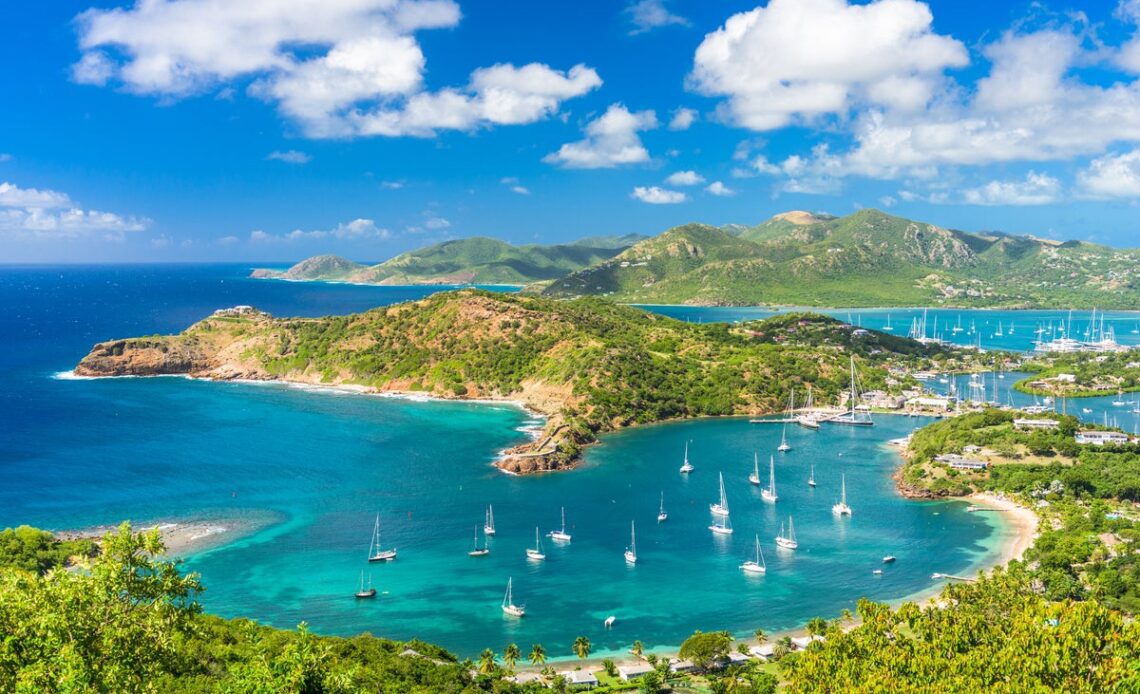“Land of Sea and Sun” trumpet the car license plates, and that’s exactly what you get in this holiday favourite that’s ideal for an easy-peasy sunshine escape. Antigua might lack the stirring scenery of some of its neighbours, but it’s got loads to offer – not least 365 beaches, an endearing addiction to cricket, sailing and partying, and islanders who are genuinely good company.
Travel restrictions and entry requirements
All Covid 19-related restrictions have been lifted for travellers arriving by air. Cruise passengers must abide by the protocols of their vessel.
If you are visiting Antigua and Barbuda your passport should be valid for six months from the date you arrive. British Passport holders don’t need a visa to visit Antigua and Barbuda.
Best time to go
Antigua is a year-round holiday destination that is busiest from mid-December to around Easter. Officially, the Caribbean hurricane season runs from June to November, with September and October the most likely time for storms.
Read more on Caribbean travel:
Antigua Sailing Week, held in the waters off English Harbour at the end of April, is a lively affair while the high point of the year for Antiguans is carnival in late July.
Top destinations
English Harbour
Allow plenty of time for exploring the World Heritage-listed, wheelchair-accessible Nelson’s Dockyard at English Harbour. This mighty ensemble of Georgian-era naval buildings includes a fine historical museum and a waterfront lined with superyachts. The adjacent national park has over 11 miles of trails, which are included in the day pass entrance fee. To add in a swim, head for the gentle waters of Galleon Beach in Freeman’s Bay.
Nelson’s Dockyard Museum honours Admiral Horatio Nelson, who lived here between 1784 and 1787
(Getty Images/iStockphoto)
St John’s
Antigua’s ramshackle capital may get swamped by cruise ship passengers but it does have a characterful bustle. Liveliest on Friday and Saturday, the market is a busy jumble of stalls selling tropical fruit and veg, while further north the hilltop St John’s Cathedral has survived since 1847. Two tourist-orientated quays, Redcliffe and Heritage, offer souvenir shops and refreshment. North of the harbour (transport required), the mighty remnants of the 18th-century Fort St James are woefully neglected, but the adjacent beach and bars are lively at…
Click Here to Read the Full Original Article at The Independent Travel…
